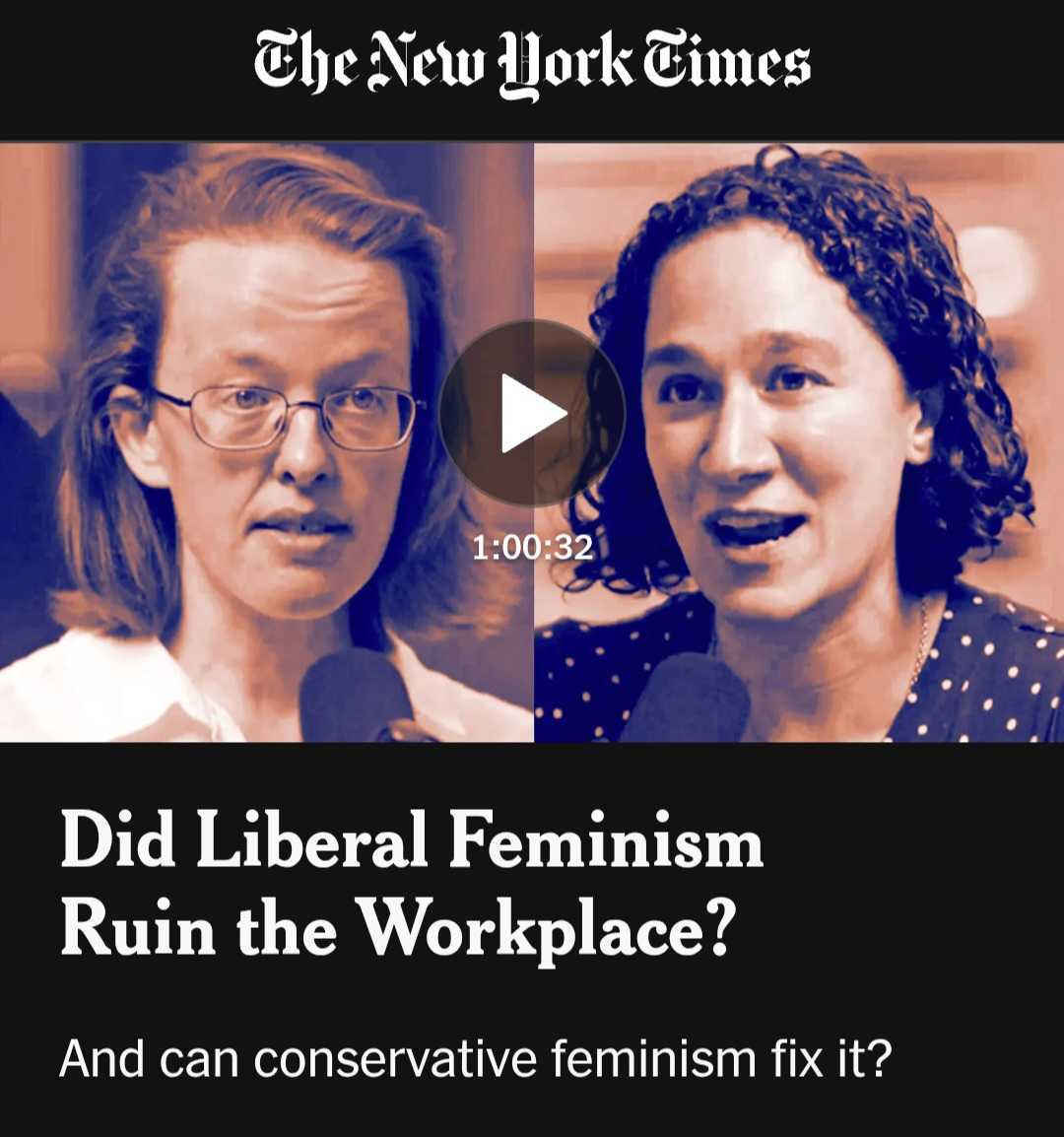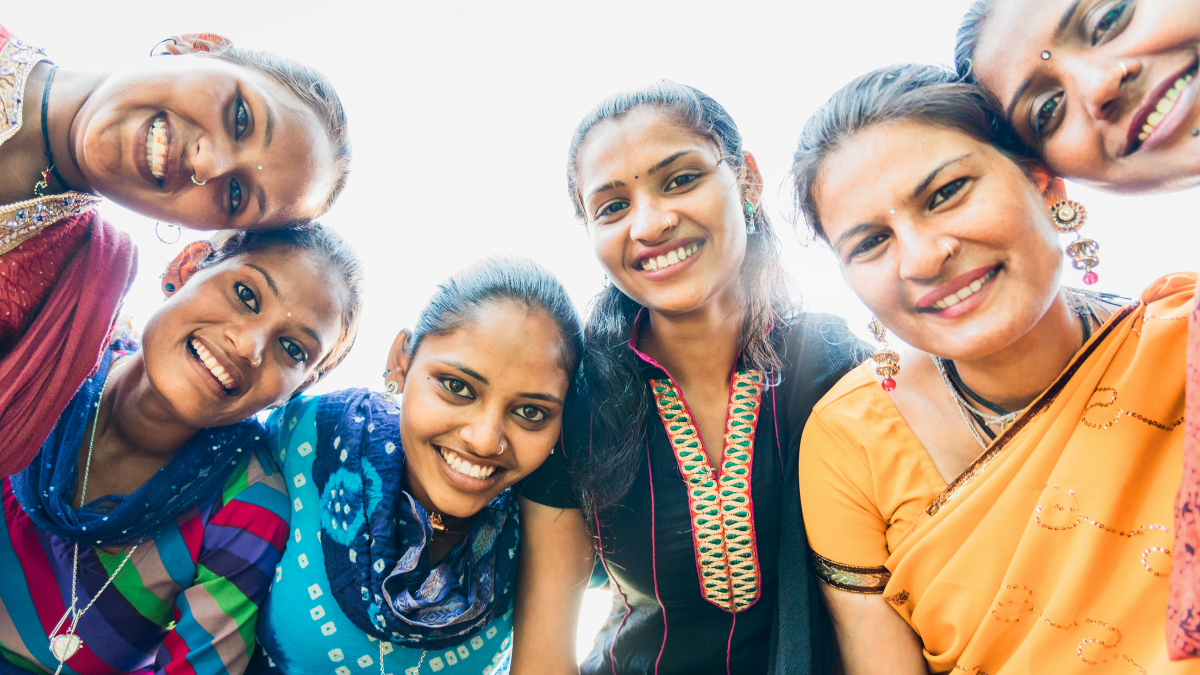There exists a general perception among people that being well-dressed or appropriately presentable makes for a good first impression. In workplaces and public spaces, first impressions are deemed to be everything, so intricately tied to how we physically look and present ourselves. A “modest” attire, bright and healthy face (often meaning spotless faces for women especially) and an amenable behaviour; most often from women, are thought to gain them better access into male-dominated fields and spaces.
Scholars like Holla, Kuipers and Kaplan deem this to be aesthetic capital. To be more precise, they formulate that appearances and particular expressions of sexuality are used as a form of social capital, a means to gain advantages in the economic and social field. For instance, the belief that imitating the dressing sense of an upper class person will garner better treatment from those in positions of authority. Other scholars like Catherine Hakim have extended this further into feminist anthropology via the “erotic capital“, which later prompted Adam Isaiah Green to point out the layered nature of how aesthetics/appearances are viewed socially.
Aesthetic/erotic capital: broken down
Erotic capital (as per Hakim) is a set of interpersonal skills, beauty standards and sexual attractiveness that is thought to empower women who are endowed with it. Hakim elaborates in her thesis that it is an underappreciated resource, similar to education and economic qualifications, that could potentially aid in gender equality. She explains that it is something women can easily shape themselves into, through value-added resources like make-up, weight gain/loss tactics, plastic surgeries, etiquette classes, etc.
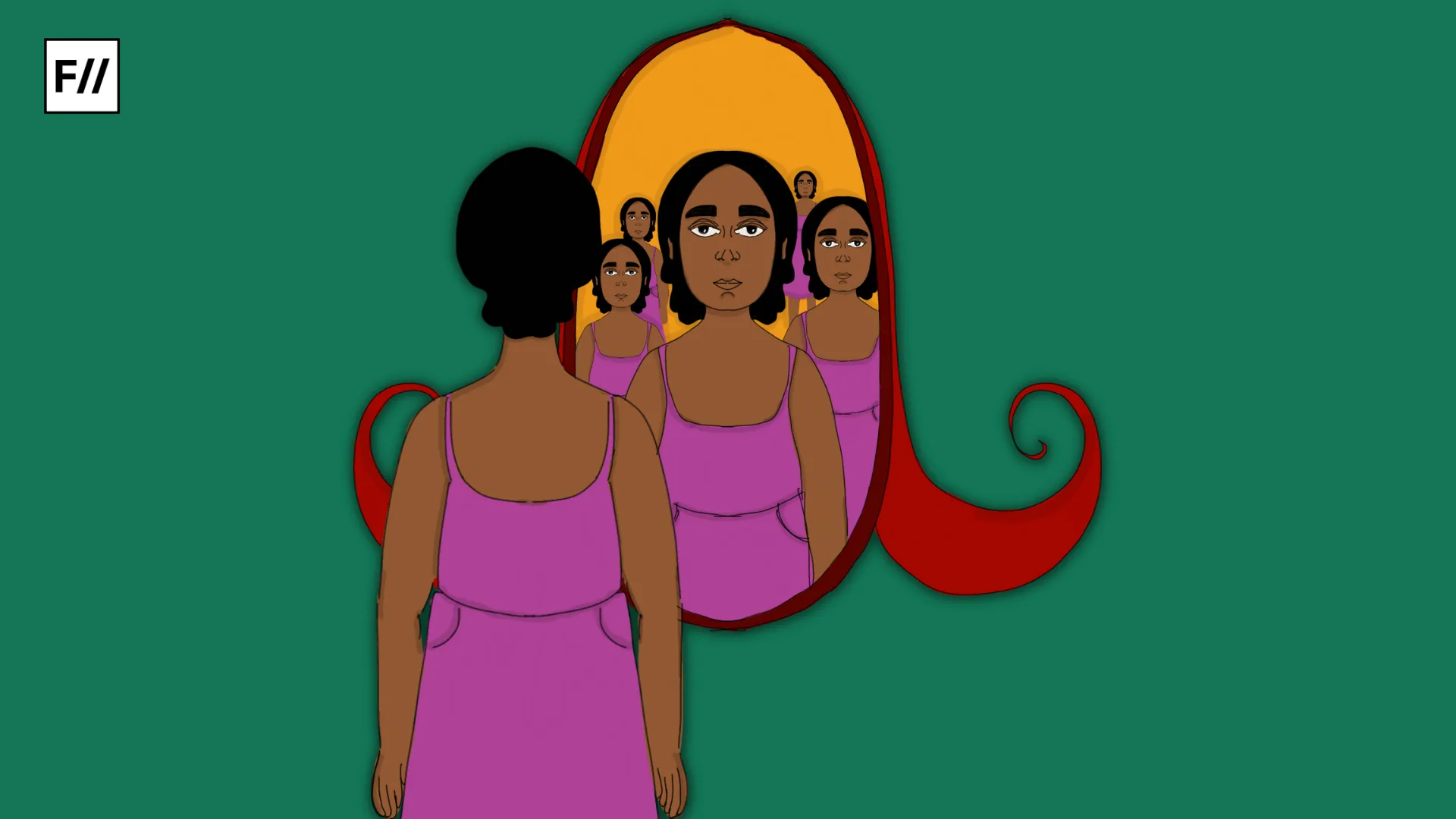
But of these, her most controversial opinion was that these characteristics appealed to most men (who were often “visually stimulated”) and that such an appeal can act as a resource for women. This resource will accrue more power to the woman if she can gain access into his professional space, or be economically benefited from it. This went against the rising radical post-feminist discourse: that expressions of women’s sexuality were too dependent on patriarchal notions of ethics, and that true feminist liberation is only possible by separating the tie between the two.
Appearance as a dehumanising resource
Adam Green, an Associate Professor of Sociology at University of Toronto, critiques the erotic capital theory as an asociological and essentialised version of a larger social theory. He writes that Hakim conceptually includes nurture oriented skills like personality, behaviour and charm in her theory. But her field research, articulation and theorisations are based predominantly on beauty and sex appeal. She attributed the gain of women’s social power to their preservation of youth, beauty and appealing to male standards of the same.
Adam Green (and several other scholars) believe that this reduces the theory’s validity to merely sexual capital, which dehumanises a woman’s abundant human capital, and assumes that a woman’s desire for agency and power is tied to patriarchal benefits for a man. For instance, it may be true that body modifications (fitting the patriarchal feminine standard) and “self-grooming” might incentivise a man to marry such a woman and provide for her. But in theorising so, Green points out that Hakim assumes a woman wants to marry such a man in the first place, so much so that these efforts at beautification are done purely for such a goal. He also points out several scholars who elaborate on the adverse effects of such beautification trends, like an inferiority complex of one’s own appearance and loss of self esteem.
Aesthetic capital as a non democratic resource:
Adam Green also critiques that the resources to gain such an aesthetic capital, are not available to all women. To know what kind of clothes, make-up or gait is desirable in a workplace or social setting, one needs to have a certain social capital and knowledge of such norms. Not all women (across nationalities, race, class or caste) have the socio-economic capabilities to achieve that.
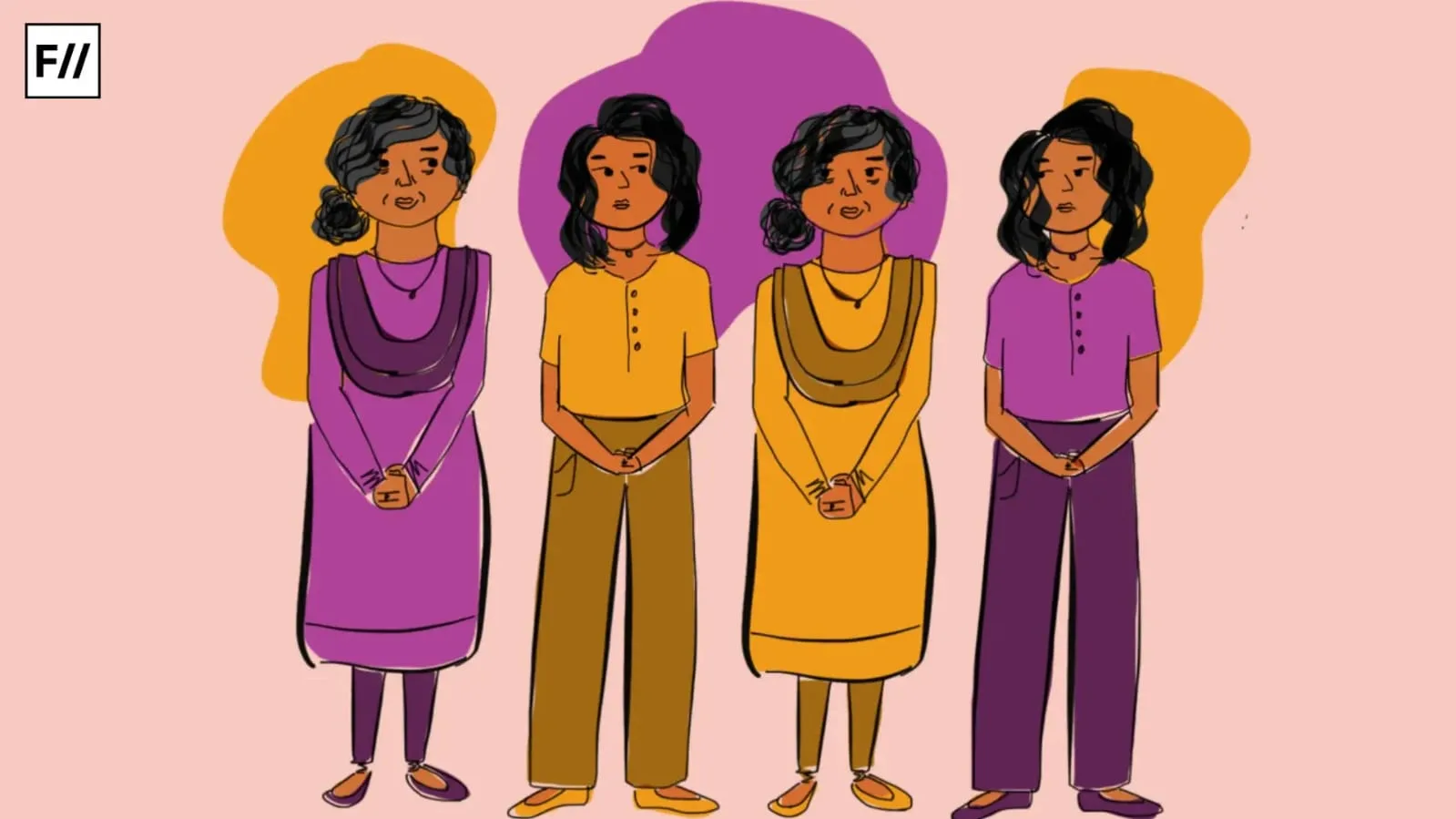
Moreover, the definition of what resources are considered desirable is itself culturally diverse. What is considered work appropriate attire in the USA (like pencil skirts) is not considered so in India. Adam Green touches upon the works of many other scholars in showing how women’s sexual desirability to men are embedded across race, class and other social structures. He references studies that talk about the double standards in ageing for women, where their youth contributes immensely to this “sexual capital”, and that going by Hakim’s theory would mean they spend most of their life time and economic resources trying to achieve those standards.
Adam Green touches upon the works of many other scholars in showing how women’s sexual desirability to men are embedded across race, class and other social structures.
He also mentions that women’s investment into aesthetic capital does not always convert to economic capital, as they do not accrue the same benefits that men do in such fields. For example, being visually appealing does not guarantee a woman higher salaries or promotions in work places, even on par with her male co-workers. His major contention is that erotic capital fails to account for the social and structural limitations that prevent many women from accessing or benefiting from it.
In these ways, Adam Green’s critique demands a closer look at who truly benefits from these dynamics and at what cost. His analysis tells us the danger of essentialising women’s social agency to their physical appearance, particularly when this appearance is defined through patriarchal, Eurocentric, and class-based standards. He emphasises a broader feminist concern: that tying women’s empowerment to their desirability in male-dominated spaces reinforces the very gendered hierarchies feminism fights to dismantle.
Rather than being a neutral or universally empowering tool, aesthetic/erotic capital further marginalises the women it is assumed to benefit.
Rather than being a neutral or universally empowering tool, aesthetic/erotic capital further marginalises the women it is assumed to benefit. It is a very contested and stratified resource, that is not universally desired or feasibly possible to achieve.
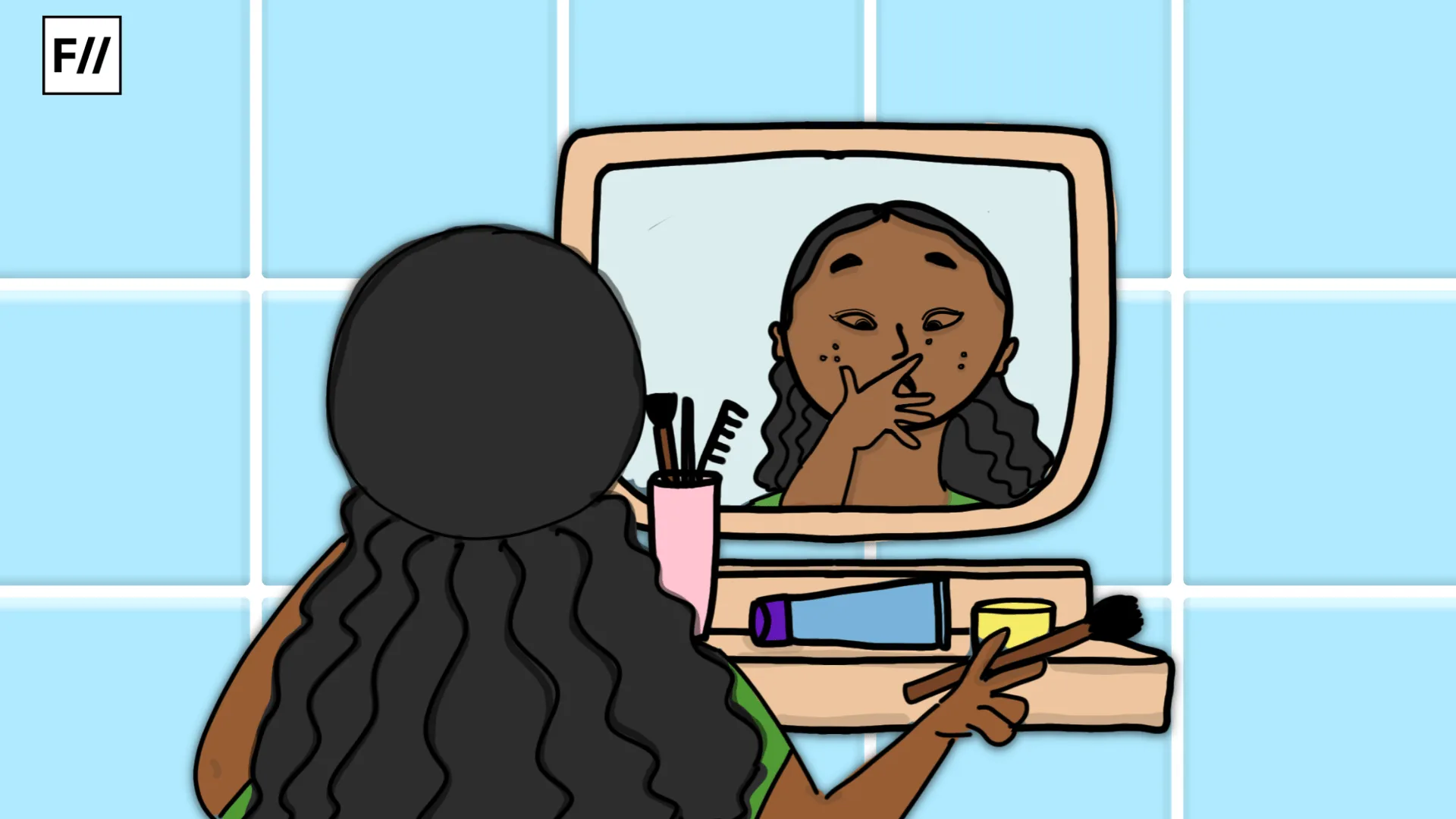
Scholarship like that of Adam Green and others are necessary to formulate more theorisations on what aesthetic capital means sociologically. Exploring the theory’s validity in different social settings, and reflexively looking at what it means for feminist theory is an important need of the hour.
About the author(s)
Lakshmi Yazhini is a post graduate student, pursuing an Integrated Masters in Development Studies, at the Indian Institute of Technology Madras. Based in Chennai, Yazhini has an avid research interest in the intersectionality of feminist geography and the state, in peripheral cities. In her free time, she likes to bake, do yoga, read fiction and pen down her thoughts in her journal (which are most often about the micro inequalities around her). Yazhini hopes to explore, write and make a difference about these as a policymaker some day.




